Friendless at Fourteen
Posted on July 21, 2015
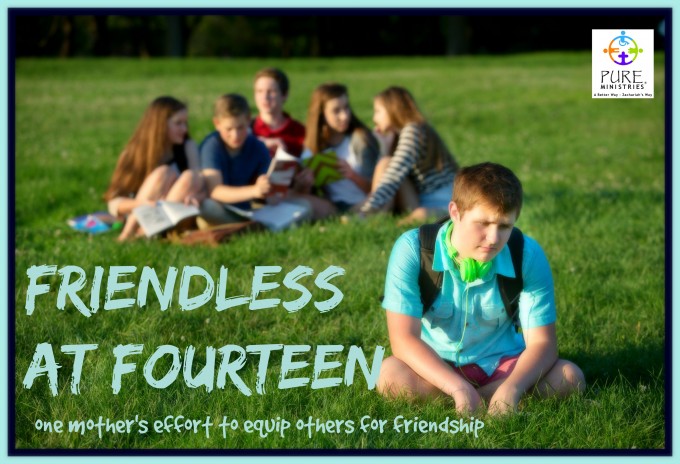
In retrospect, I think the part about my son’s autism that has caught me most by surprise (and has also been the most painful) has been the lack of friendship in his life. I suppose I just assumed when we were diagnosed ten years ago that at least one person would come into his life, stumbling across Noah’s better attributes. But that very special peer just hasn’t appeared.
Sometimes it is because of his lack of social reciprocity. In other words, he just doesn’t seem to know that he should be interacting with the world around him. Viewed objectively, he seems happy enough going through life as he is. I’ve even asked him if he ever gets lonely and he insists that he does not.
Even when I’ve tried to coach him into friendships with candidates that I felt might have what it takes to deal with Noah’s emotional distance, he displays a lack of shared interest with others that is very off-putting. What I mean by this is that is hobbies and pastimes are not only different from typical boys his age, but that he cannot break out of them for even a moment to consider what someone else might enjoy and, therefore, form a bond with them.
The development of social skills has been called the “hidden curriculum.” I’ve been told over and over again that “all kids” have “trouble” with this kind of thing. Please hear me when I say it is not the same. He is fourteen and does not have one friend. No one asks him over to hang out. He doesn’t go to parties. He isn’t involved in sports or clubs at school because his interests are so restricted. Even when we are at church, very few people feel comfortable even greeting Noah. I realize this is because he gives very little back emotionally and appears uninterested in the world around him or just, well, rude. But it still makes me wonder what the rest of his life will be like.
I had hoped that church would be Noah’s hope. And I still do. But the honest truth is that most people still feel completely lost when trying to reach out to him. So we stay in our corner and they stay in theirs.
If you are a PURE ministry leader or family friend looking to reach out and stop this cycle, I’ve got good news! There are lots of resources available that can help you and teams of friends learn how to reach out in love to people with different abilities.
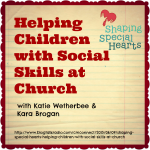 Listen in as Katie Wetherbee and Kara Brogan discuss how church is a social experience and how we can practically make small strides toward including everyone. Learn about the impact of:
Listen in as Katie Wetherbee and Kara Brogan discuss how church is a social experience and how we can practically make small strides toward including everyone. Learn about the impact of:
- Social skills deficits…Facial expressions, language, lack of shared interest, etc.
- Access disorders (physical handicaps that inhibit movement and social development)
- Emotional understanding & impulse control
- Bullying
- How to make accommodations that are “fair” and “equal”
- Communicating welcome and support to moms and dads
- As well as how to set children up to success by….
- anticipating patterns of need (i.e. waiting for turns, sensory issues)
- showing what appropriate behaviors look like through videos and practice
- emphasizing the desired and positive behavior
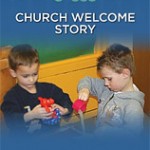 Never forget the value of having a good plan in place before you need it! Start before they come by using this wonderful tool by CLC Network that helps you create a personalized story about what your ministry is like. This will help create instant familiarity and reduce anxiety for parents and children. http://www.clcnetwork.org/product/church-welcome-story/
Never forget the value of having a good plan in place before you need it! Start before they come by using this wonderful tool by CLC Network that helps you create a personalized story about what your ministry is like. This will help create instant familiarity and reduce anxiety for parents and children. http://www.clcnetwork.org/product/church-welcome-story/
Sometimes we emphasize making accommodations for the person with special needs so much that we forget about also equipping the WHOLE Body of Christ for friendship with the differently abled. Consider these great resources, also from CLC Network, aimed at informing children, teachers and parents.
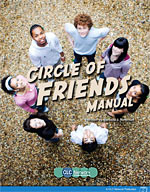 Some children benefit from an organized friendship network as well as an arena for practicing social skills. The Circle of Friends Manual gives directions and activities for setting up and maintaining circles in elementary, middle school, and high school settings.http://www.clcnetwork.org/product/circle-of-friends-manual/
Some children benefit from an organized friendship network as well as an arena for practicing social skills. The Circle of Friends Manual gives directions and activities for setting up and maintaining circles in elementary, middle school, and high school settings.http://www.clcnetwork.org/product/circle-of-friends-manual/
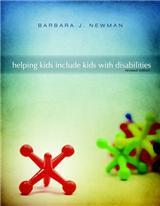 Information is critical when including children with disabilities in a peer group. This book supplies tools for teachers, peers, and parents of peers by giving basic information for educators concerning specific disabilities, lesson plans for teaching peers about those areas of disability, and sample letters that can be adapted to send home to parents of peers.http://www.clcnetwork.org/product/helping-kids-include-kids-with-disabilities/
Information is critical when including children with disabilities in a peer group. This book supplies tools for teachers, peers, and parents of peers by giving basic information for educators concerning specific disabilities, lesson plans for teaching peers about those areas of disability, and sample letters that can be adapted to send home to parents of peers.http://www.clcnetwork.org/product/helping-kids-include-kids-with-disabilities/
This resource describes a powerful way to allow children in grades 1-8 a chance to 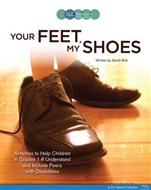 take a walk in the shoes of someone else. Not only will each child get a chance to experience a variety of disability areas, they will also have a chance to process how we can best treat one another as Christians. This material is appropriate for school, church, and home settings.http://www.clcnetwork.org/product/your-feet-my-shoes/
take a walk in the shoes of someone else. Not only will each child get a chance to experience a variety of disability areas, they will also have a chance to process how we can best treat one another as Christians. This material is appropriate for school, church, and home settings.http://www.clcnetwork.org/product/your-feet-my-shoes/
So what are Noah and I going to do? We are trusting in the Lord’s goodness. He knows Noah’s strengths, deficiencies, gifts and needs. I still choose to believe there is a special person out there somewhere who will be able to see beyond the aloof qualities with which autism has plagued us, into the heart of a boy that has the ability to love unconditionally. It is what gets this mom through the long days and longer nights.
